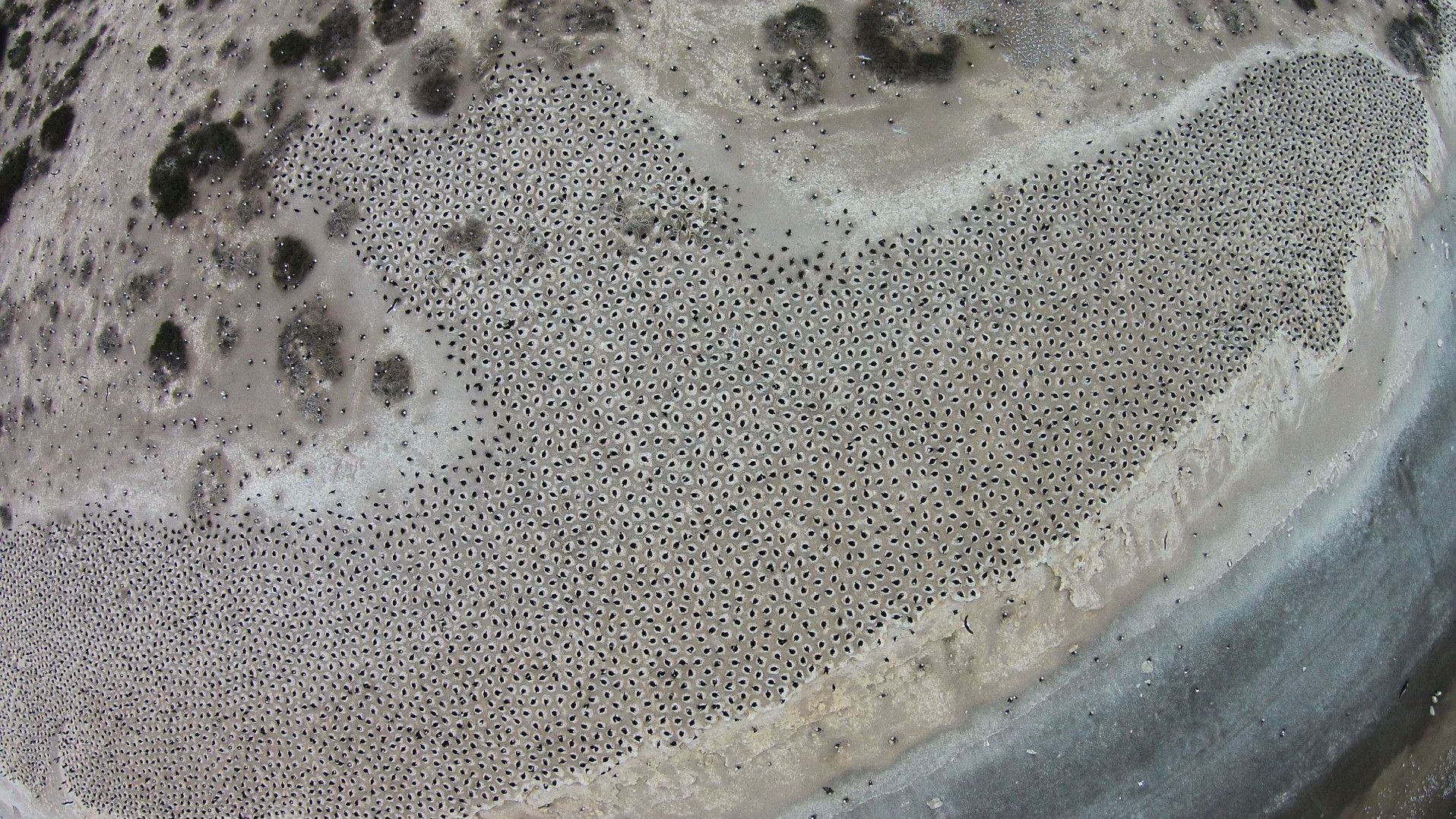The Chapter “Looking at data” seems to live up to its goal to discuss why some visualizations are better than others. It refers to practical theories and effectively illustrates how we perceive data-related graphics through the use of examples.
The chapter seems effective in extending the concepts of visual perception into new areas and also to help recall prior encounters with optical illusions; more importantly how these relate to data visualization techniques. For example; how humans see contrast and grouping becomes evident through highlighting phenomena that hides in plain sight. It is easy to recall how a computer projector shows “black” on a white screen using light purely with contrast.
It makes me wonder how we could “model” or “quantify” what our eyes/brain does to processing strict formal data-related shapes presented on human technology (print and screen), when the eye-brain system might actually be optimized for natural visual processing of natural environments.
An effective example of human perception is Fig.1.20, which uses a scatter plot on how we perceive randomness and grouping in order to illustrate the gestalt rules. The glow-worm example reminds me of a picture of nesting cormorants; where each bird is a pecking distance away from the other.

Another aspect that the chapter conveys is the sense that there are many aspects that, when not implemented correctly, can make a visualization ineffective, bad or even unintentionally dishonest. This is slightly disconcerting, but in a good way and reminds me of a quote from Picasso: “Learn the rules like a professional, so that you can break them like an artist.” That is not to say that one should have the aim of breaking artistic rules, but rather that it would be beneficial to be cognizant of mistakes that can be avoided.